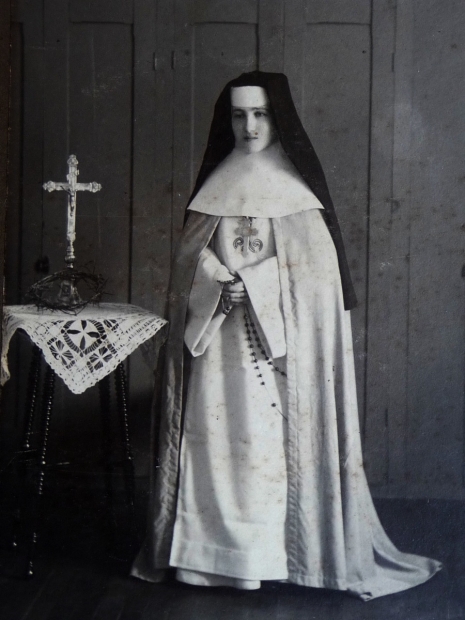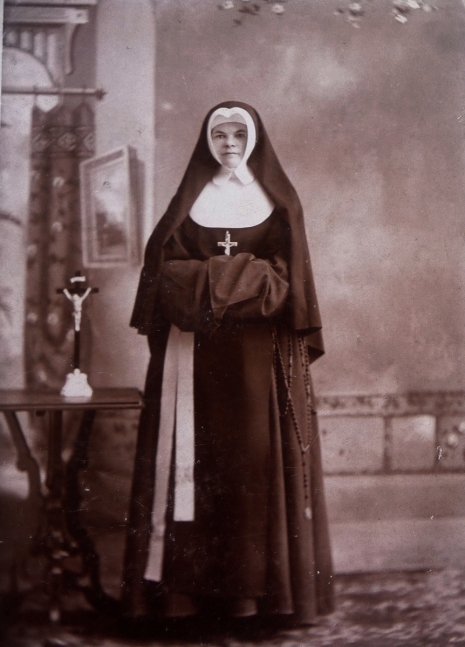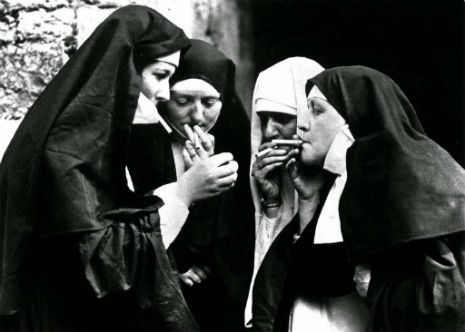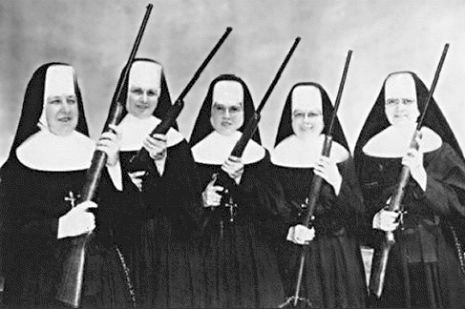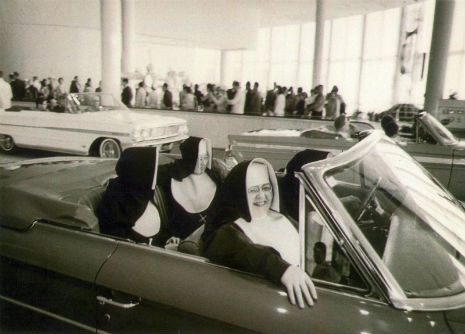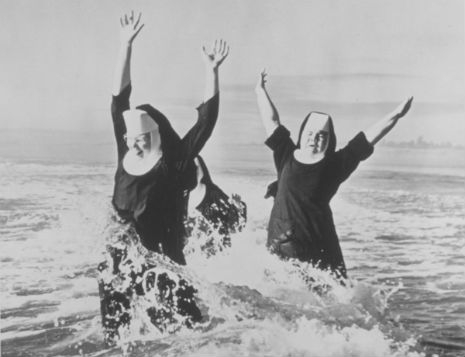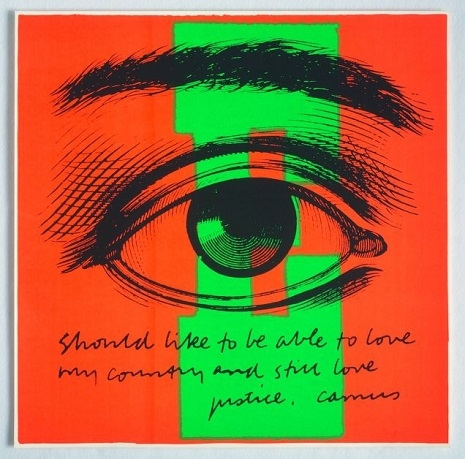
Denis Diderot might sound like the name of some superstar French soccer player but it is in fact the name of a famous Enlightenment writer, philosopher, and playwright, who might do you good getting to know.
Diderot (1713-84) had the smarts. Apart from all his fancy writing, Diderot was also co-founder, editor and contributor of Encyclopédie, ou dictionnaire raisonné des sciences, des arts et des métiers (Encyclopaedia, or a Systematic Dictionary of the Sciences, Arts, and Crafts), or the Encyclopedia. His intention was to make information and knowledge available to all—well, at least to all those who could read that is. Diderot and his buddies wanted to break the superstitious rule of religion over their fellow citizens. To this end, he was always asking difficult questions of religious believers, gently poking fun, and writing controversial philosophical tracts on the question of God, belief, design, and all that.
Take, for example, his book The Skeptic’s Walk which featured a deist, a pantheist, and an atheist out on convivial perambulation together where each offered up their thoughts on God, the universe, and so forth. Due to its content, the book was not published in Diderot’s lifetime. It was long believed the only copy of Diderot’s original handwritten text had been confiscated by the police not long after its completion in 1752. Thankfully, it turned out that Diderot had another copy (told you he was smart) which was eventually published in 1830.
Anyway, you’re not here to read about Enlightenment philosophy, you’re here to see naughty nuns, and we’ll get to that shortly, well, unless of course you’ve already scrolled past all of this and are getting an eyeful below. Good luck with that. That’s kinda like people who “Like” things on Facebook but never click the fucking link. But let’s get back to Diderot.
You see, Diderot was also a bit of a scallywag and a wit. He had a propensity for pranking his buddies which on one occasion led to his infamous work of literature, La Religieuse or The Nun.
The Nun all started when Diderot was miffed over the loss of one of his drinking buddies who had moved out of Paris and back to some big fancy country estate in Normandy. To draw him back to Paris, Diderot started writing his pal (Marquis de Croismare) a series of letters purportedly from a nun called Suzanne Simonin. This young lady had been forcibly sent to a nunnery by her greedy and ungrateful family—a common occurrence at the time—where she found herself preyed upon by sadistic lesbian Abbess of Ste-Eutrope.
The Marquis on receiving these missives from such an unfortunate young woman, wrote back offering his help. Diderot continued the ruse until the Marquis demanded to meet with the young lady to get her free from her imprisonment in the convent, at which point Diderot wrote a final letter from another fictional character claiming the young girl was dead. Later, when all was revealed, the Marquis found the whole prank “hilarious,” as he had acted honorably throughout. (I’m guessing that this was expressed with more of a nervous titter than an outright LOL-style guffaw.)
The correspondence started an idea in Diderot’s head to write a book based on his letters and this became La Religieuse. Published twelve years after his death in 1796, The Nun became a scandalous hit. Obviously tame by today’s standards, the book’s notoriety continued right up to the 1960s when filmmaker Jacques Rivette made a movie of The Nun which was banned by French authorities after the Catholic Church ran a letter-writing campaign to have the film stopped. Rivette’s rather dull movie went on to be nominated for a Golden Palm at the Cannes Film Festival.
I’ve never quite got the whole nuns as sex objects thing—maybe the attraction for some is the frisson of deflowering someone who is supposedly betrothed to the Son of God. Or simply a manifestation of “hot for teacher” for lapsed Catholics? Many nuns were forced into convents against their will (like the character in Diderot’s book), and many (even today ) had the sexual attentions of priests and bishops forced upon them against their will. When Aldous Huxley pointed out that the grounds of some convents were littered with the skeletons of dead babies it is as if he is landing the blame solely with the women. This kind of selective blindness never equates male desire and sex with the consequences of pregnancy or disease.
In 1947, Paul-Émile Bécat produced a series of illustrations for Diderot’s The Nun. DM’s featured Bécat’s work before, and he had a highly respected reputation as an artist and for illustrating some of the most infamous and famous books of French literarture—see more here. This small selection mainly features on the nuns Bécat drew for Diderot’s book and some other works.
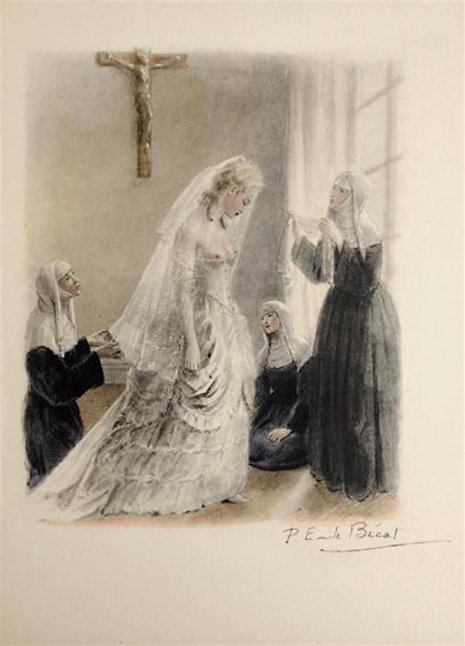
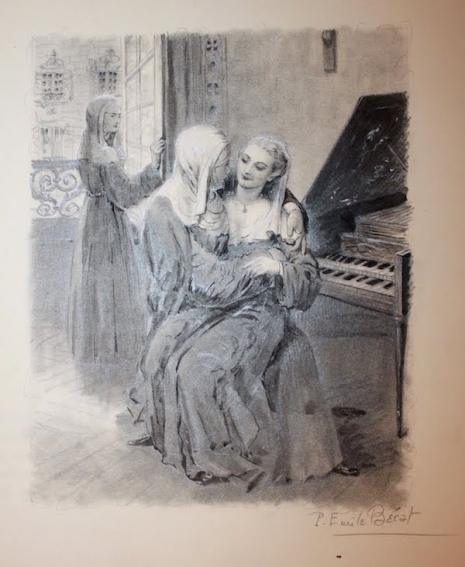
More sacrilegious nun action, after the jump…






